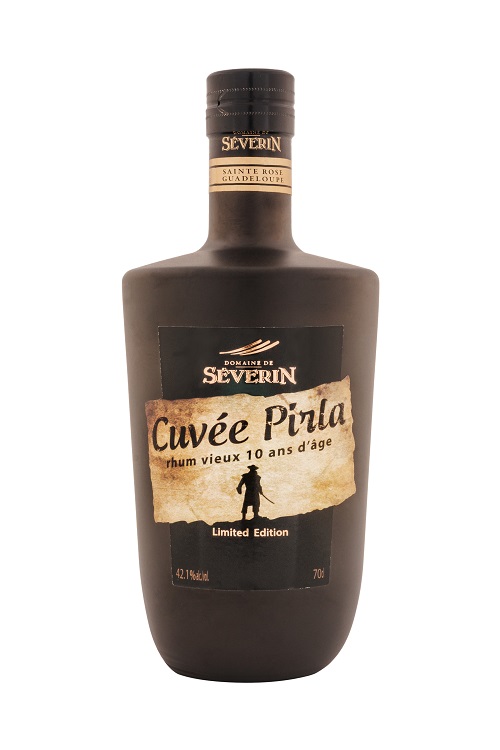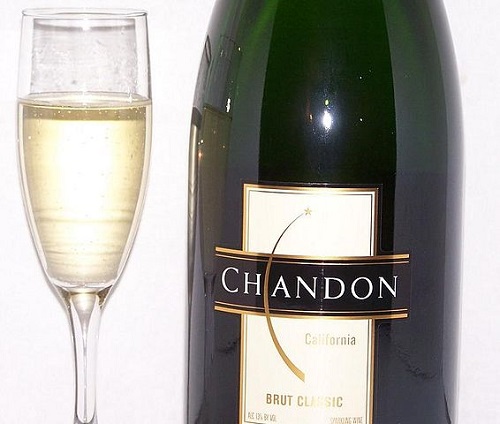Difference between Cuvée and Brut
If you want to learn more about wines, you need to become familiar with the terms “cuvée” and “brut.”
Cuvée
On the subject of wines, “cuvée” is a term used in several ways:
- to indicate that the wine is of a special blend or batch since cuvée is derived from cuve, which means vat or tank [1]
- to suggest a specific blend, such as wine produced from different vineyards or several grape varieties
- to refer to the best grape juice obtained through the gentle pressing of the grapes to produce sparkling wine the traditional way [1]
Cuvée is used to refer to both sparkling and still wines. In Champagne, cuvée refers to the first pressed or most desirable grape juice in the production of wine via methode champenoise or the Champagne method of manufacturing sparkling wines. The first press is the first 2,050 liters of grape juice from a marc of grapes (4,000 kilograms). Outside Champagne, cuvée refers to a particular blend of still or flat wine that contains more than one grape variety [2, 3].
Because cuvée is used to designate special or select wine, the term cuvée, as in “cuvée speciale” or “tête de cuvée,” has also been used in wine labels to denote higher quality.
Furthermore, cuvée is applied sour beer with wine-like characteristics, and when referring to beer and ale that the manufacturer blended to produce a specific taste. In the same way, cuvée is used to talk about certain chocolate blends. The use of the term in these instances is likewise meant to give the impression of a higher quality product.
However, the use of “cuvée” to indicate the quality of wine or any other commodity it is applied to is not regulated so the presence of the term on the label does not guarantee a superior product [4].
Brut
“Brut” is one of the classifications of sparkling wine based on the amount of sugar it contains. Brut sparkling wine, which is also the most common type of sparkling wine, contains no more than 12 grams/liter of residual sugar.
When drinking brut sparkling wine, there should be no perception of sweetness. Brut is a step below Ultra Brut, which is the driest of all sparkling wines since there is no added sugar or with only 0-6 grams/liter of residual sugar. Other terms for Ultra Brut are Brut Zero, Extra Brut, and Brut Nature [5].
Based on the sweetness level, here is the classification of sparkling wines from the driest to the sweetest:
- Ultra Brut
- Brut
- Extra Dry/ Extra Sec – slightly sweet as it contains 12-17 grams/liter of residual sugar
- Demi-Sec – sweet with 32-50 grams/liter content of residual sugar
- Doux – sweetest with 50+ grams/liter content of residual sugar [6]
In summary, both the terms “cuvée” and “brut” are used to refer to sparkling wines. Cuvée could indicate that the wine contains the first pressed or best quality grape juice. It could also refer to the traditional wines created by large wine houses in Champagne which are produced by blending various wines through the Champagne method. On the other hand, brut indicates wine that has no hint of sweetness.
- Difference Between Snowstorm and Blizzard - December 18, 2018
- Difference Between Foreword and Preface - October 4, 2018
- Difference Between Shade and Shadow - October 3, 2018
Search DifferenceBetween.net :
Leave a Response
References :
[0]https://commons.wikimedia.org/wiki/File:Chandon_California_Brut_sparkling_wine.JPG


